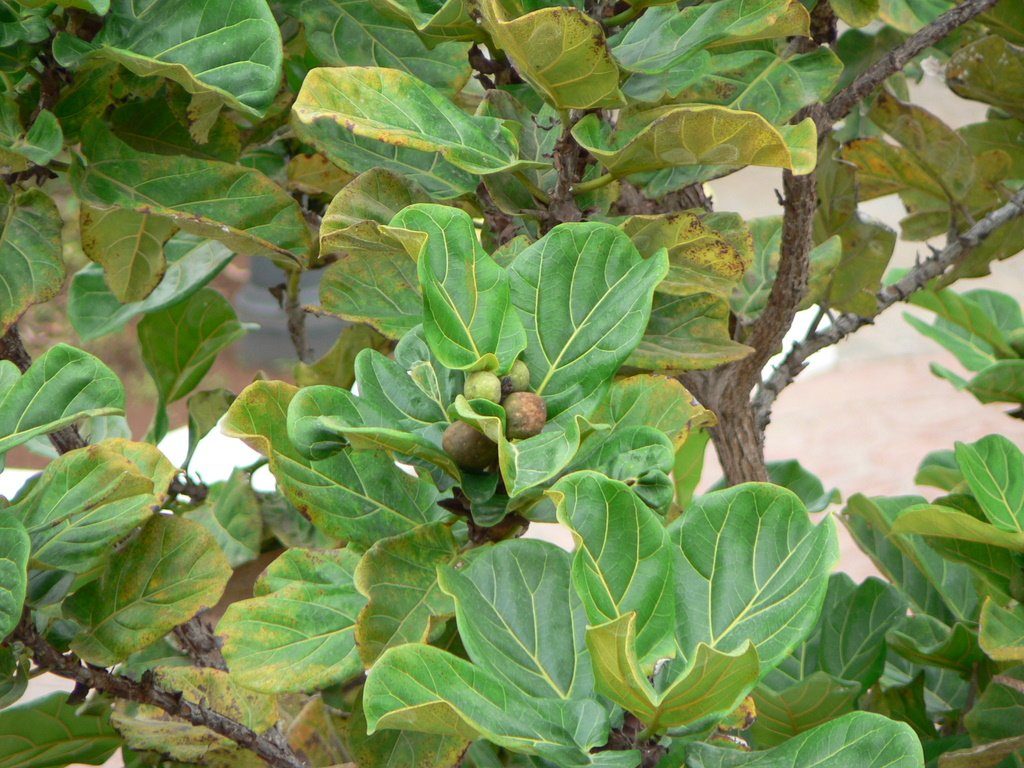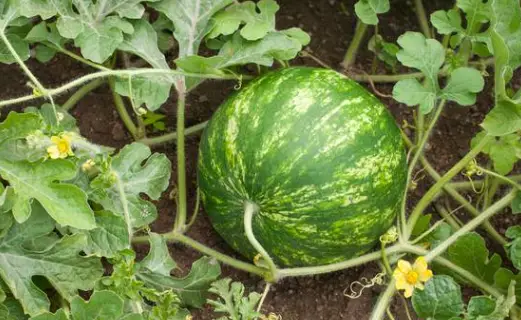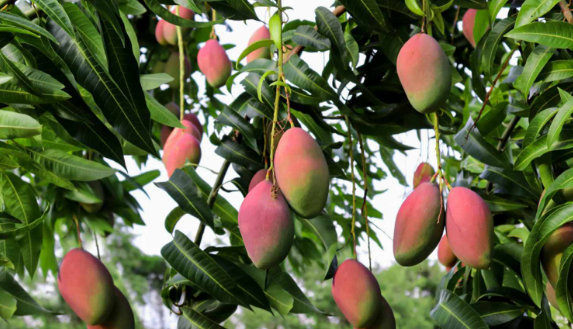Trimming your persimmon tree is important if you want it to grow well, stay healthy, and give you lots of fruit. Trimming helps manage the tree’s size, boosts fruit growth, and gets rid of bad or dead branches. But if you don’t trim the right way, you could hurt the tree. We’ll show you how to trim a persimmon tree the professional way, step by step.
Table of Contents
- Know Your Persimmon Trees
- Why Trim Persimmon Trees?
- Needed Trimming Tools
- The Best Time to Trim Persimmon Trees
- Steps to Trim Persimmon Trees
- Trimming Young Persimmon Trees
- Trimming Mature Persimmon Trees
- Helpful Tips for Trimming Persimmon Trees
- Mistakes to Steer Clear of When Trimming Persimmon Trees
- Final Thoughts
- Frequently Asked Questions
- Is it necessary to prune persimmon trees?
- What time of year is best for pruning persimmon trees?
- Can I prune my persimmon tree during the summer?
- How much of the tree’s foliage can I remove when pruning?
- How do I sanitize my pruning tools?
Know Your Persimmon Trees
Persimmon trees lose their leaves in winter and are originally from China and Japan. They are popular worldwide, including in the USA. These trees can reach 25 feet high and have wide, spreading tops. They give us bright orange fruit that is tasty fresh or in recipes.
Why Trim Persimmon Trees?
Trimming your persimmon tree has several good points:
- Controls how big and what shape the tree grows into
- Makes the tree produce more fruit
- Removes branches that are dead or sick
- Lets more air and light get inside the tree
Needed Trimming Tools
Have these tools ready before you start trimming your persimmon tree:
- Small scissors called pruning shears for little branches
- Garden scissors called loppers for bigger branches
- A saw for the biggest branches
- Gloves to keep your hands safe
- Something to cover your eyes from bits that fly off
The Best Time to Trim Persimmon Trees
The perfect time to trim is when the tree is sleeping, which is late in the fall or at the beginning of spring. This keeps the tree calm and stops insects or diseases from attacking it. Try not to trim in summer or early fall because the tree is growing, and the new parts won’t be strong before winter.
Steps to Trim Persimmon Trees
Trimming a younger tree and an older tree isn’t the same. Here’s what you need to do:
Trimming Young Persimmon Trees
- Shorten the main top branch to 3 to 4 feet above the ground to start new branches growing.
- Pick three or four strong branches to hold up the rest of the branches.
- Get rid of branches that grow inward or tangle with others.
- Trim all other side branches to two or three little parts.
- Keep doing this for the next two to three years to shape the tree nicely.
Trimming Mature Persimmon Trees
- First, take off branches that are dead or ill.
- Thin out branches that rub together or cross paths.
- Snip the ends off from the growth of last year above a bud that’s facing out to start fresh fruit branches.
- Remove suckers or water sprouts from the bottom of the tree.
Helpful Tips for Trimming Persimmon Trees
- Make sure your tools are sharp so that your cuts are clean.
- Trim branches on a 45-degree angle right above the thick part where the branch starts.
- Try to keep the tree looking natural while trimming and don’t cut off more than a third of the leaves at once.
- Don’t trim when it’s wet to keep diseases away.
- Clean your tools each time you make a cut to prevent disease. /li>
Mistakes to Steer Clear of When Trimming Persimmon Trees
- Don’t trim too much at once; it can stress the tree and lower fruit production.
- Avoid bad cutting that damages the tree and lets diseases in.
- Trimming at the wrong time can be bad for the tree and lead to less fruit.
- Forgetting to clean your tools can spread disease in the tree.
Final Thoughts
Trimming a persimmon tree might look scary, but if you have the right tools and methods, it’s pretty simple. If you trim your tree by following this guide, your tree will be very healthy and give you lots of tasty fruit.
Frequently Asked Questions
Is it necessary to prune persimmon trees?
Trimming persimmon trees is very important. It helps keep the trees healthy, makes sure they don’t get too big, and makes the trees produce more and better fruits.
What time of year is best for pruning persimmon trees?
You should trim your persimmon trees in their sleeping season. This time is usually from the end of fall to the beginning of spring.
Can I prune my persimmon tree during the summer?
Trimming persimmon trees in the summer or the start of fall is not a good idea. The tree is growing a lot at this time, and if you cut it, it may start to grow in a way that won’t be strong enough for the cold winter.
How much of the tree’s foliage can I remove when pruning?
When you trim the tree, try not to cut off more than one-third of the leaves. Cutting more can be too hard on the tree and damage it.
How do I sanitize my pruning tools?
Keeping your tools clean is important. You can do this by rubbing them with a mix of 70% alcohol or with a mix of one part bleach to nine parts water before you start cutting and after each cut.






![What Kind Of Fruits Grow On Palm Trees? [10 Most Common Ones]](https://fruitonix.com/wp-content/uploads/2023/08/image-126-1024x683.png)


